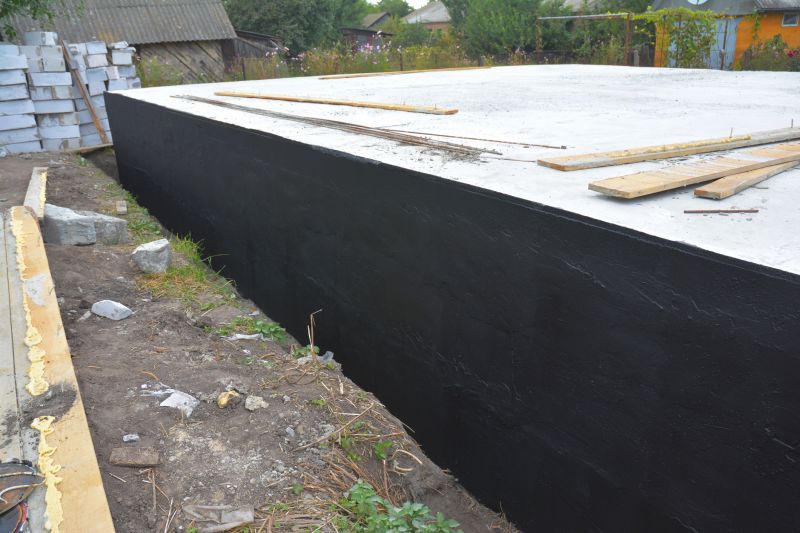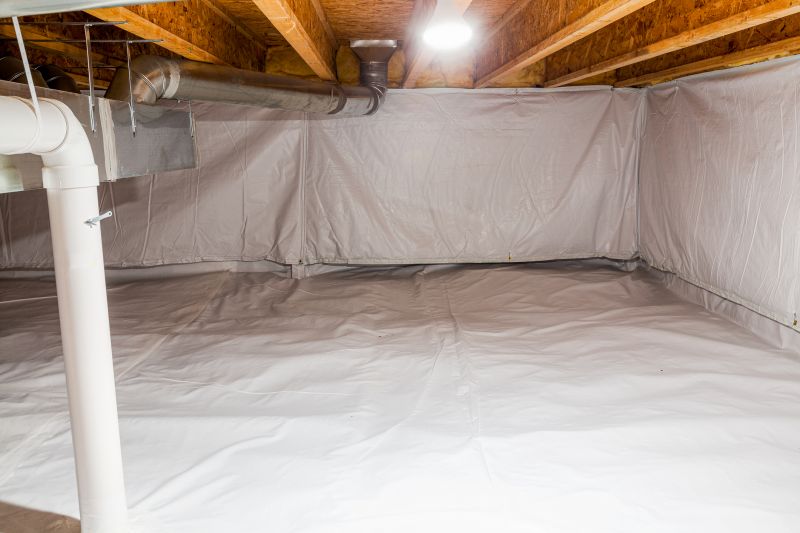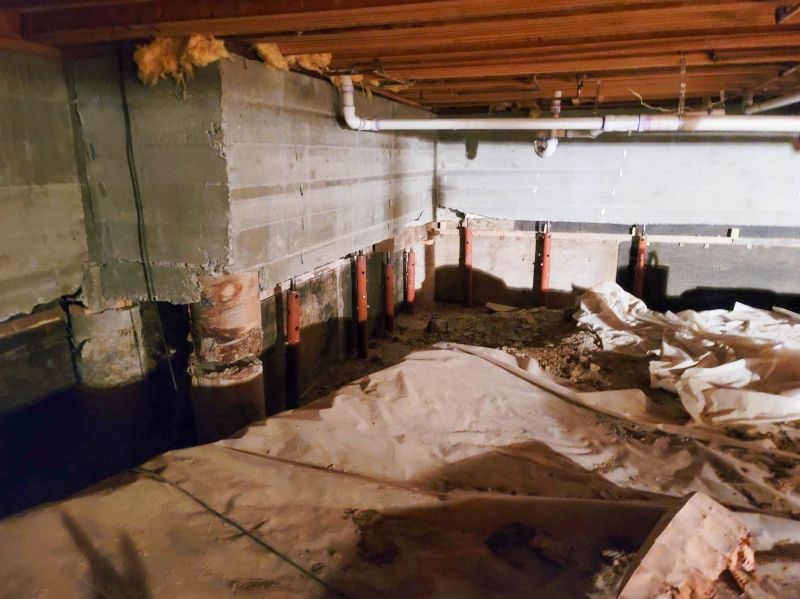Reliable Crawlspace Protection to Prevent Damage
Crawlspace encapsulation is an effective method to improve indoor air quality, prevent moisture intrusion, and protect the structural integrity of a property. Properly sealed crawlspaces can significantly reduce energy costs and eliminate common issues associated with moisture and pests.
Encapsulation prevents moisture from seeping into the crawlspace, reducing mold growth and wood rot that can compromise the building's foundation.
A sealed crawlspace helps maintain consistent temperature levels, leading to lower heating and cooling costs.
Reducing mold and dust mites improves indoor air quality, contributing to healthier living environments.
Encapsulation can increase the value of a property by enhancing its durability and energy efficiency.

A fully encapsulated crawlspace with durable vapor barrier and sealed vents.

A clean, insulated, and sealed crawlspace showing effective moisture barriers.

Vents are sealed with covers to prevent moisture intrusion and pests.

Grid of completed crawlspace encapsulation projects demonstrating consistency.
Failure to encapsulate a crawlspace can lead to increased energy bills, mold growth, pest infestations, and structural damage over time. Without proper sealing, moisture can cause wood rot and promote harmful mold spores that affect indoor air quality. Studies indicate that encapsulation can reduce energy costs by up to 15 percent and eliminate common moisture-related issues.
| Benefit of Crawlspace Encapsulation | Potential Risks of Not Encapsulating |
|---|---|
| Moisture Prevention | Increased mold growth and wood rot |
| Energy Savings | Higher heating and cooling costs |
| Improved Air Quality | Mold spores and dust mites proliferation |
| Structural Integrity | Foundation damage due to moisture exposure |
| Pest Control | Increased pest infestations |
| Property Value | Decreased market appeal |
| Longevity of Building Components | Premature deterioration of framing and insulation |




